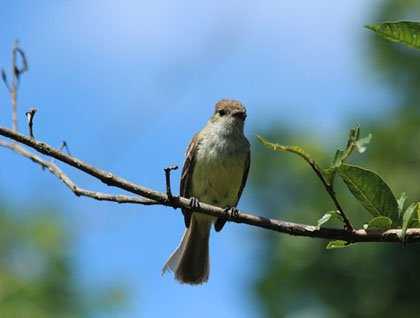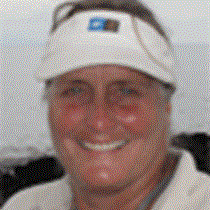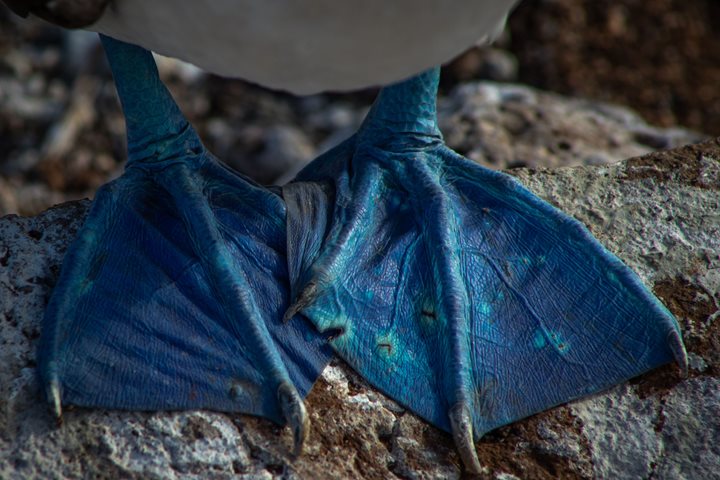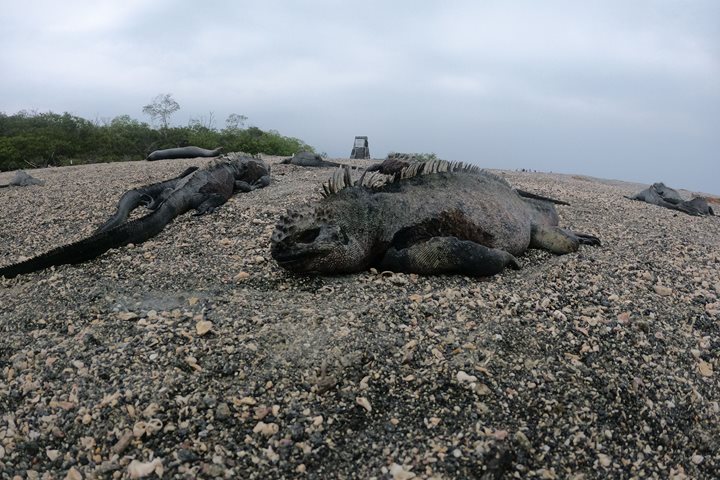We have spent the first three days of our voyage exploring the isolated southeastern islands of the archipelago and are now going to visit the large central island of Santa Cruz. Just before dawn we anchor in Academy Bay – named after the Cal Academy which had several important scientific expeditions to Galapagos in the early 1900s – and are surprised to see dozens of yachts, boats and ships in the harbor. We see houses and larger buildings crowded along the coast and after another substantial and delicious breakfast we head toward to shore for our first visit to “civilization” – Galapagos-style! The town of Puerto Ayora has grown rapidly since I stepped ashore here in 1976; at that time there were only a few thousand inhabitants. Now there are between 15,000-20,000 inhabitants depending on which census figures you accept. “P.A.” as the English speaking residents call this friendly and bustling port, is also the home to the headquarters of both the Galapagos National Park and the Charles Darwin Research Station.
Our morning visit commences at the tortoise breeding center where the eggs of endangered species of the giant reptiles are incubated and then cared for until the young tortoises are old enough to be repatriated to the islands of their origin. The captive tortoise breeding program has been amazingly successful; from the remaining 15 adult tortoises of the Española species we now have over 2000 tortoises once again roaming the wilds of that island!
After visiting the National Park Headquarters and CDRS, in the late morning we followed the main road into town shopping along the way in the many colorful boutiques and taking pictures at the fish market. We gathered at The Rock café for a glass of juice and then boarded buses for a short drive into the highlands. Six of our guests opted for bicycling and we headed out on the first bus with Paul and peddled the last three miles to “El Trapiche” farm where we visited their sugar cane and coffee plantation. We learned about their traditional preparation of coffee and sugar cane products and enjoyed sipping coffee, sugar cane juice and potent liquor.
We returned to our buses for a twenty minute drive to a small restaurant in the lush green highlands where we had lunch. Here we enjoyed cold Ecuadorian beer and a grilled chicken meal. The apple cake for dessert was especially delicious! By 1:30 p.m. we were ready to move on and drove west and down the slopes of the island to search for tortoises in the wild. We found at least 20 of these ancient reptiles lumbering in tall grass and just having emerged after soaking in a pond of rain water. We watched one amorous male as he began the very slow process of mounting a female and mating, and heard a second pair moaning in the vegetation. We also explored an interesting double decker lava tunnel and were told that the island is crisscrossed by these volcanic structures.
Back in town some of us stayed on shore for shopping, or more cold beer, and others returned to the ship to relax before our evening briefing and dinner. After dinner we had fun listening to (and dancing with) the musicians and dancers of EcoArte, a local folkloric group whose colorful hand painted dresses delighted us. We headed off to bed soon after the musicians left for town and during the wee hours of the morning Captain Garces and our crew took the ship north to South Plaza Island for tomorrow’s visit among the land iguanas.









